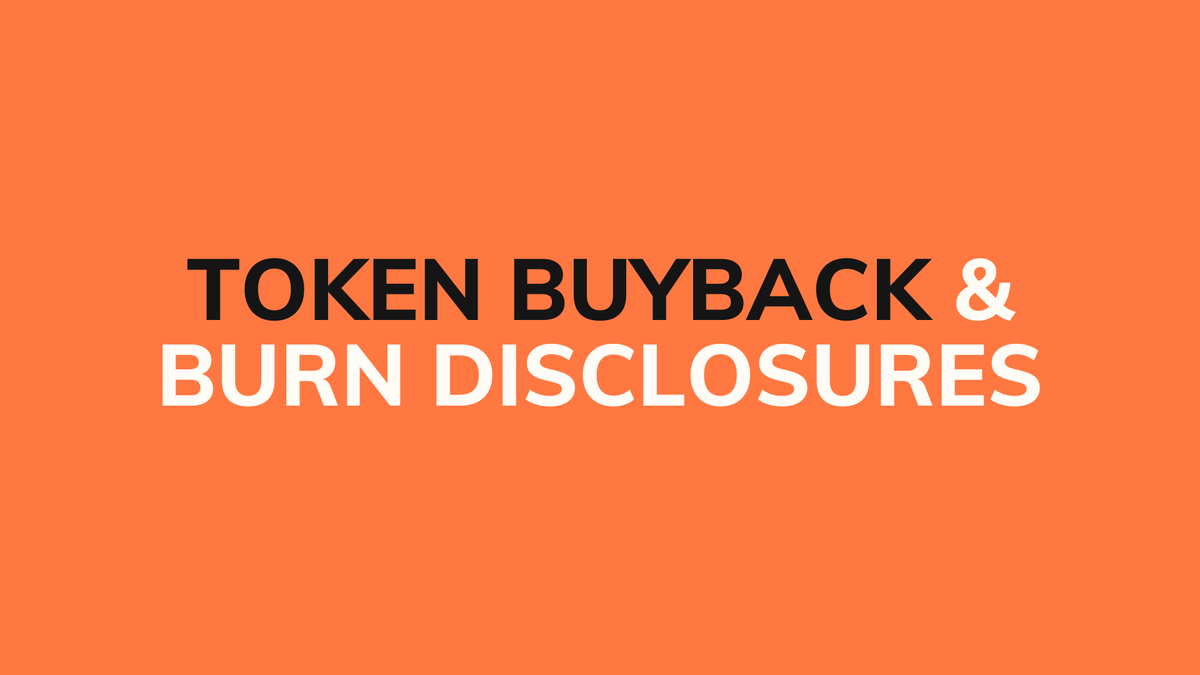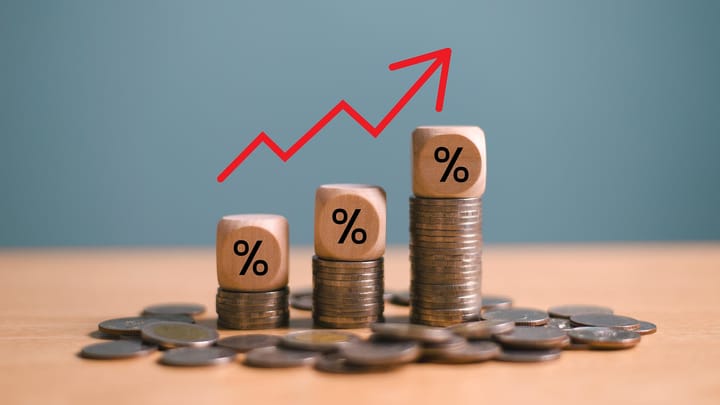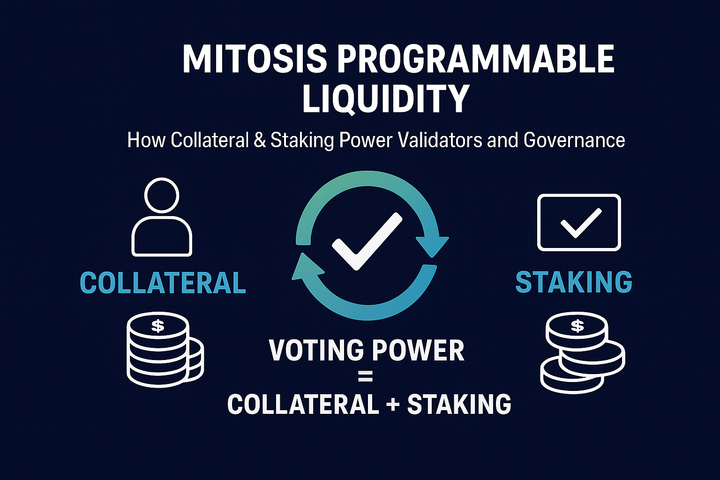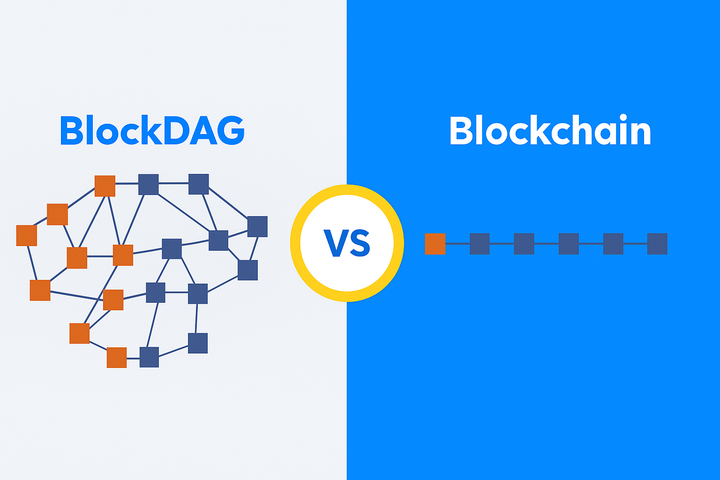Token buyback & burn disclosures

Trust is the hardest currency in crypto. When projects buy back or burn their tokens, they’re not just moving supply; they’re shaping expectations. Clear, verifiable, and non‑manipulative disclosures make the difference between a community that believes and a market that’s being gamed.
What buybacks and burns are
A token burn permanently removes tokens from circulation, typically by sending them to an unspendable “burn” address that no one controls. A buyback is when a project uses revenue or treasury funds to purchase its token from the open market; teams may then hold, redistribute, or burn what they’ve repurchased. Both mechanisms change supply dynamics and, if done credibly, can align value with usage and revenue. Transparent design and disclosures are essential because poorly signaled or discretionary interventions can mislead investors and distort markets.
A token burn permanently removes tokens from circulation, typically by sending them to an unspendable “burn” address that no one controls. A buyback is when a project uses revenue or treasury funds to purchase its token from the open market; teams may then hold, redistribute, or burn what they’ve repurchased. Both mechanisms change supply dynamics and, if done credibly, can align value with usage and revenue. Transparent design and disclosures are essential because poorly signaled or discretionary interventions can mislead investors and distort markets.
- Burn mechanics: Tokens are destroyed irreversibly (e.g., to a known burn address such as 0x000…dEaD on BNB Chain), reducing total supply on-chain in a way anyone can verify.
- Buyback mechanics: The project buys tokens on the open market using profits or reserves; the impact is direct buying pressure, and subsequent burns turn that into permanent scarcity.
- Why projects use them: To manage inflation, link token value to protocol usage, and signal confidence—yet the signal must be backed by real, auditable actions to be trustworthy.
Quick comparison
| Aspect | Buyback | Burn |
|---|---|---|
| Mechanism | Repurchase on open market | Destroy tokens irreversibly |
| Source of funds | Revenue/treasury | Pre-minted reserves or bought tokens |
| Market effect | Direct demand when buying | Ongoing reduced supply |
| Reversibility | Can retain/redistribute | Irreversible reduction |
| Disclosure focus | Execution method, pacing, pricing | Burn address, proof, cadence |
Why disclosure matters more than mechanics
Opaque or discretionary buybacks and burns invite speculation, frontrunning, and credibility loss. Projects that execute without guardrails risk creating short‑lived pumps, masking financial weakness, or crowding out liquidity, all of which undermine long‑term holders. Well-designed programs minimize information asymmetry, automate (or strictly govern) triggers, and publish verifiable proofs that can be monitored by anyone. Research and industry analyses highlight how buybacks can shape price dynamics and sentiment, positively when transparent and rules‑based, and negatively when ad‑hoc or manipulative.
- Market integrity: Clear disclosures reduce rumors and insider advantages that can distort prices around interventions.
- Investor trust: Pre‑committed, rules‑based programs (especially on-chain) reduce managerial discretion and improve perceived fairness.
- Regulatory risk: In some jurisdictions, buybacks can trigger manipulation concerns if not structured and disclosed properly; projects should prioritize transparency and consistency.
The disclosure standard: clear rules that don’t game the market
Design your buyback and burn program like a safety‑critical system: predictable inputs, deterministic rules, and public verification. Use this disclosure checklist to prevent gamesmanship and signal seriousness.
Pre‑commitment and governance
- Authority: Specify who can authorize the program (DAO vote, council, or multisig quorum) and publish the governance record and addresses involved.
- Objectives: State the economic intent (e.g., offset emissions, tie burns to revenue, manage liquidity) in language that can be tested later.
- Scope: Clarify whether buys will be held, redistributed, or burned; if burns occur, list the exact burn address(es) and links to explorer pages.
Quantitative limits and pacing
- Caps: Disclose total program size (units and currency), per‑period limits, and maximum daily/weekly buy percentages to avoid sudden squeezes.
- Pricing method: Explain whether buys are algorithmic (e.g., VWAP bands) or time‑weighted, and whether any minimum/maximum price bands exist to prevent paying above fundamentals.
- Cadence: Define the frequency (e.g., weekly burns of x% of protocol revenue; buybacks only when surplus exceeds y threshold) and the review schedule for parameters.
Triggers and blackouts
- Objective triggers: Tie actions to measurable metrics (e.g., percentage of realized protocol revenue, surplus buffers, or fee accruals) rather than discretionary timing.
- Blackouts: Forbid initiating buys/burns near material announcement windows or within defined “no‑trade” periods to mitigate signaling games.
- Emergency stops: Publish clear circuit breakers and who can activate them, with on-chain or governance logs.
Execution transparency
- Venues and agents: List execution venues (specific DEX pools, AMMs, or OTC) and any third‑party executors, including fee terms to avoid hidden capture.
- On-chain proof: Pre‑publish the treasury/executor addresses and the burn address; provide dashboards or explorer links where the community can verify activity in real time.
- No insider dealing: Commit that insiders and affiliates won’t front‑run or trade against program flows; if applicable, adopt rule‑based schedules akin to pre‑announced trading plans.
Reporting and changes
- Real‑time logs: Stream tx hashes and receipts for buys and burns to a public feed or dashboard and mirror them in weekly summaries.
- Monthly reports: Publish quantities bought/burned, average execution price, spend by venue, and funding source details; reconcile to financial statements where available.
- Change control: Any modifications to caps, triggers, or cadence should require the same governance process as initial approval, with a cooling‑off period before changes take effect.
Guardrails that reduce manipulation risk
Think in guardrails, not just guidelines. The goal is to constrain behavior in ways that are easy to audit.
- Rules‑based automation:
Implement program logic in smart contracts (e.g., “x% of fee revenue auto‑buys daily and burns to a known address”) so execution is observable and not at management’s whim. - Pre‑announced schedules:
If automation is not feasible, pre‑announce time‑windowed, size‑capped schedules that don’t react to intraday price action, minimizing signaling and frontrunning opportunities. - Small, frequent tranches:
Prefer many small executions over block buys to avoid squeezes and to keep market impact predictable; disclose the tranche logic and maximum slippage allowances. - Segregated executors and attestations:
Use dedicated wallets and, if possible, third‑party attestations on execution quality and alignment to the stated policy to deter self‑dealing. - Explicit conflict policies:
Ban trading by insiders and service providers in the token, except as necessary to execute the program; require attestations that they did not benefit from non‑public program details.
Patterns and examples to learn from
- Revenue‑linked burns:
Binance pioneered recurring burns tied to exchange activity; the idea is straightforward: link scarcity to actual usage and do it predictably. Independent explainers document the approach and its signaling effects for long‑term holders. - Protocol‑driven burn models:
Ethereum’s EIP‑1559 introduced base‑fee burns, making supply reduction a function of network usage rather than managerial discretion, an instructive model for automation and transparency. - On‑chain smart burn engines:
MakerDAO activated an on‑chain system that uses surplus reserves to buy MKR and burn it when thresholds are met, illustrating objective triggers and automated execution with public traceability.
These patterns show a spectrum from discretionary to fully algorithmic interventions, but the common denominator in credible programs is rule clarity and verifiable execution.
What to publish: a practical disclosure template
Use this structure on your docs site and in governance posts. Make the top section short, scannable, and link deeper where needed.
- Program overview:
Link to governance vote, start/end dates, total cap, and core objective in one paragraph. - Economic policy:
Quantify funding sources (e.g., “up to 30% of net protocol revenue”), triggers (e.g., “surplus buffer above X”), and per‑period limits. - Execution plan:
Named venues, pools, or RFQ counterparties; tranche sizes; time windows; max slippage; fee terms. - Transparency and verification:
Treasury, executor, and burn addresses; live dashboard links; expected reporting cadence; sample tx hash. - Conflicts and controls:
Blackout policies, insider trading prohibitions, and independent attestation or auditor scope. - Change management:
How amendments occur, cooling‑off periods, and how stakeholders are notified.
Metrics that educate your holders
Move beyond vanity “tokens burned” counters. Report metrics that let people reason about sustainability.
- Coverage:
What percentage of emissions or unlocks did buybacks/burns offset this period? - Elasticity:
How did program size scale with protocol revenue or usage? - Market impact:
Average execution price versus VWAP; realized slippage; liquidity depth at execution times. - Capital efficiency:
Opportunity cost versus alternative uses (R&D, liquidity incentives); disclosed side‑by‑side with the program’s spend. - Supply effects:
Net change in circulating and fully diluted supply; forward projections if policy remains unchanged.
Conclusion
Tokens don’t earn trust because they burn; they earn trust because they tell the truth about how and why they burn, and prove it on-chain. Publish rules that survive scrutiny, automate what you can, and show your work every step of the way.
References
- https://tokenomics-learning.com/en/buyback-and-burn-2/
- https://www.unvest.io/blog/token-buybacks-burns-strategy-timing-and-implications
- https://blockapps.net/blog/tokenomics-in-crypto-analyzing-the-impact-of-buybacks-on-token-value-and-market-dynamics/
- https://blockapps.net/blog/tokenomics-in-crypto-exploring-the-risks-of-token-buybacks/
- https://www.bitcoinsguide.org/post/crypto-token-burns-buybacks-guide
- https://coinpedia.org/information/disciplined-token-burn-and-buyback-model-underpin-long-term-token-value/
MITOSIS official links:
GLOSSARY
Mitosis University
WEBSITE
X (Formerly Twitter)
DISCORD
DOCS



Comments ()